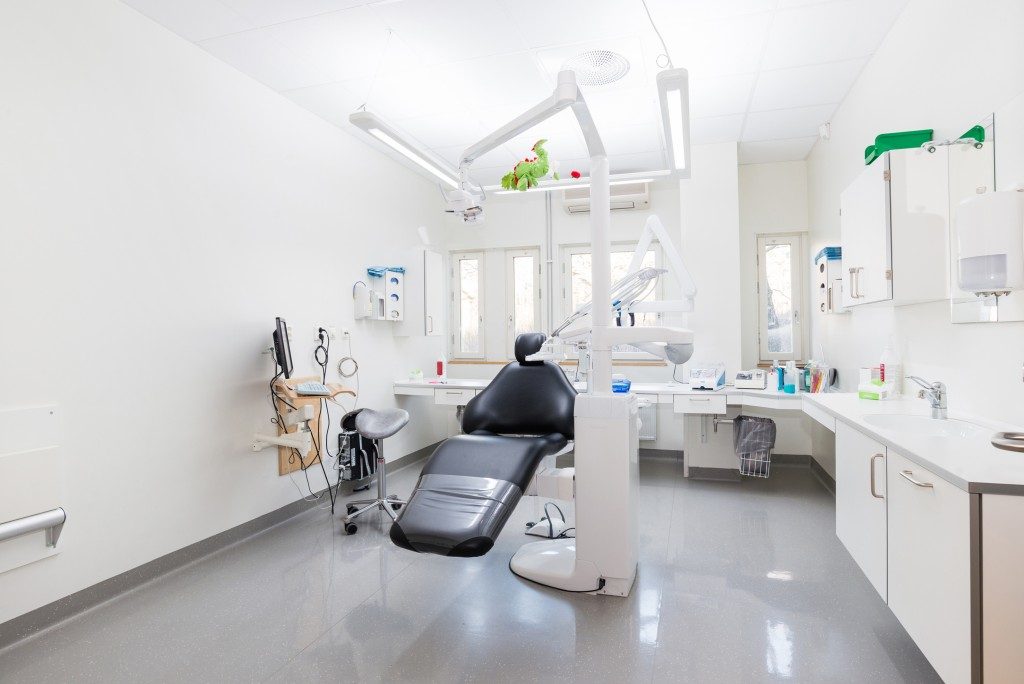Businesses all over the world are reopening and getting back on track. The pandemic is nowhere close to over, but we can’t keep businesses shut for long, can we? It is the moral responsibility of the employer to provide a safe working environment for the employees. It should not feel like they need to do this just because there are regulations in place. In this blog, we have collated a list of measures that employers can take against workplace COVID-19 transmission.
Screening employees beforehand
Even before employees return to work, employers must ensure that they are healthy. This can be done by screening employees before they return to work. This will help ensure that the workplace remains free of coronavirus transmission. Here are some ways employers can check their employees before asking them to return to work:
- Asking employees to fill mandatory health checkup forms verified by a medical professional. These forms should guarantee that employees are free of COVID-19 risk.
- The employees must also confirm that if they contracted the disease in the past, they are no longer at risk of the disease. They must have completed the mandatory quarantine period or undergone medical treatment.
- Employees returning to work must be checked for fever or other COVID-19 symptoms daily. If any employee has a fever or cough, they shouldn’t be allowed to enter the workplace.
Carrying out a COVID-19 risk assessment
A risk assessment can help identify areas and factors that can increase the risk of COVID-19 transmission. The assessment should weigh in the following factors:
- Work location
- Workflow
- Work activities
- Workplace occupancy
- Adherence to government regulations
Based on the risk assessment reports, you can put in place safety measures to provide a safe working environment for the employees.

Providing personal protective products
Employees must be provided with personal protective products that can help protect them against the coronavirus. Employers must also ensure that employees use the products as per the recommended guidelines. Personal protective products are usually neglected by individuals, which increases the risk of COVID-19 transmission. Thus, employers should have strict rules, including fines, for individuals who show careless behavior regarding protective products. Some personal protective products that employers can provide include:
- Disposable mask
- Gloves
- Hand sanitizers having an alcohol content of 60% or more
- Soaps
- Tissues
- Paper towels
Having these essential protective products can help stop the coronavirus from entering your workplace. It can also help save potential human lives.
Ensuring social distancing
As per rules, it is necessary to maintain a distance of six to ten feet between two individuals. To ensure that social distancing is maintained, here are some ideas that can help:
- Having a protective sheet between employees to contain the spread of the virus.
- Limiting the number of employees present in the office at a given time.
- Reconfiguring workstations of employees to cut close contact between employees.
- Limiting the number of employees required for carrying out tasks. For instance, at an industrial plant, the industrial tank painting job can be allocated to two employees instead of four at a given time. This ensures that employees are not in close contact and reduces the risk of COVID transmission.
- Having employees on rotating shifts to reduce further the number of employees present at a given time.
- Automating tasks with the help of machines and reducing the involvement of employees.
Allocating roles and responsibilities
Employers need to assign roles and responsibilities related to COVID-19 safety to fit employees. They should choose leaders who will be responsible for creating a COVID-19 safety and work transition plan. These leaders should also ensure that the plan is implemented and adhered to as stated. They should also explain to the employees the various procedures they need to follow, as per the new safety laws.
Providing COVID-19 safety training
Providing COVID-19 safety training can help improve awareness amongst employees. This also helps bring permanent, positive behavioral changes. Employers should ensure that the training program includes detailed information about COVID related factors, such as workplace cleanliness and disinfection, hygiene, the correct methods to put and remove safety equipment. The COVID-19safety training program should also include mental health training sessions. This will help ensure that the employees are fit physically and mentally.
Returning to workplaces after a long time and in the middle of a pandemic won’t be easy. With the right plan, effort, and cooperation from employees, employers can provide a safe work environment. And with a vaccine in sight, it won’t be long before we return to a pre-COVID normal world.




